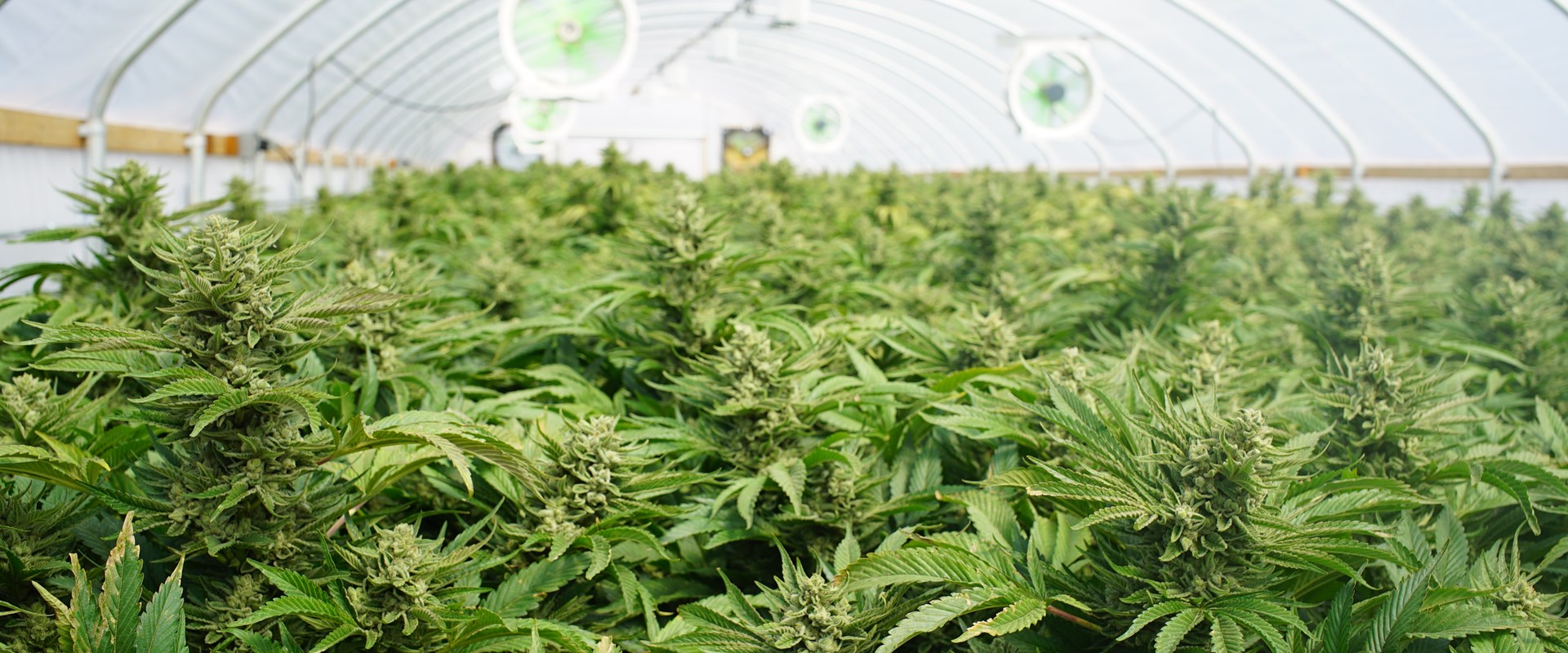Aspiring biotech businesses looking to gain a foothold in the fledgling European medical cannabis industry should take a leaf from their Canadian counterparts on intellectual property, say specialist life sciences patent attorneys Micheline Gravelle and Jane Wainwright.
After decades of global prohibition, cannabis in 2018 is rapidly going mainstream. Medical access has existed across Canada and swathes of the US for some time, with the former fully legalising adult recreational usage just this October. Europe too is embracing regulatory change, albeit more slowly, with the Netherlands, Germany and - most recently - the UK all permitting medical usage. Indeed, the potential of the wider European market is huge, with projections from market intelligence firm Prohibition Partners estimating a fully legal industry being worth €115.7bn by 2028.
Given the international competition in this hugely dynamic and commoditized industry, robust intellectual property protection will be absolutely crucial for European businesses looking to make their mark.
As the market evolved in Canada during the 1990s, it was truly eye-opening to see such a patchy understanding of the basics of IP. Typically, bigger biotech players with budgets to match are well-versed in the art of protecting their innovations, but in the rush to bring products to market, smaller start-ups often found themselves falling short on the fundamentals. So where are the opportunities?
HARNESSING THE IP TOOLBOX
Obtaining a patent is often the strongest protection available for cannabis products and processes, providing a monopoly to the owner to exclude others from making, using or selling the invention for 20 years from the filing date once the patent has issued.
There are many patentable products and processes in the cannabis industry, such as novel or modified active ingredients extracted from the cannabis plant or chemically synthesized. This includes the isolation of novel cannabinoids as well as specific combinations of cannabinoids and/or terpenes. Patents can also be obtained for novel formulations comprising cannabis active agents or new combinations of active agents. New uses of cannabis or cannabis actives, such as new indications that were not previously treated with cannabis products, may also be patented. In temperate climates, the specialised growing conditions for cannabis may yield new equipment or novel arrangements of equipment, for which patents may also be obtainable.
Novel cannabis plant varieties may also be protected in certain countries under various regimes. In Europe, plant varieties can be protected by Community Plant Variety Rights (CPVR) or through national protection systems. The variety must be proven to be new, distinct, uniform and stable. Once the PVR is granted, the cannabis breeder gets exclusive rights to the propagating material of their variety for a period of 20 years, covering the right to sell, produce, reproduce, import and export propagating material of the variety.
When the time comes for developing and protecting their all-important brands, companies should also consider conducting clearance searches and file for trademark protection. Generally, trademarks can be obtained for words, slogans and designs that function to distinguish a company’s goods and services from others. It is currently difficult to obtain trademarks in the European Community, as a whole, for cannabis products due to the prohibition of trademarks for products considered “immoral”. However, it may be possible to obtain trademark protection directly in certain European countries.
Trade secrets can also be a useful tool for cannabis companies looking to keep their IP confidential. These generally apply to methods or formulas that cannot be easily reverse-engineered by competitors. Here, companies may want to keep their method for producing cannabis or their formulations as trade secrets if it provides more economic value than disclosing the information in a patent.
DILIGENCE PAYS
Vibrant M&A activity is a feature of any rapidly developing industry, and a further area where robust IP protection is key. The stakes are indeed high. According to figures from PwC, Canadian cannabis M&A activity hit CA$93bn in the first quarter of 2018. While those numbers are some way off in Europe, assessing the existing IP provisions of acquisition targets is an integral part of the due diligence process for buyers, often meaning the difference between making or breaking a deal.
European companies also need to be especially mindful of the international nature of the industry. While there are now 90 publicly listed cannabis-related companies in Canada with a market value of about CA$31bn, the top three filers of patents there are actually Swiss, US and British businesses. While more established businesses naturally have the systems, procedures and capabilities to quickly enter markets across the globe, the Canadian experience has shown that start-ups can be responsible for a great number of market-shaping innovations - but only when their IP is protected.
TACKLING GROWTH
Although the Canadian industry is already maturing, it remains uncertain just how swiftly the European market will follow suit. That said, developments from November alone, when healthcare provider Columbia Care became the first US business given a license to operate in the EU and Greece issued its first licences to companies for growing medical cannabis, underline the imperative for European businesses to safeguard their innovations before the green rush here hits full swing.
This article was first published in the European Biotechnology Magazine.






